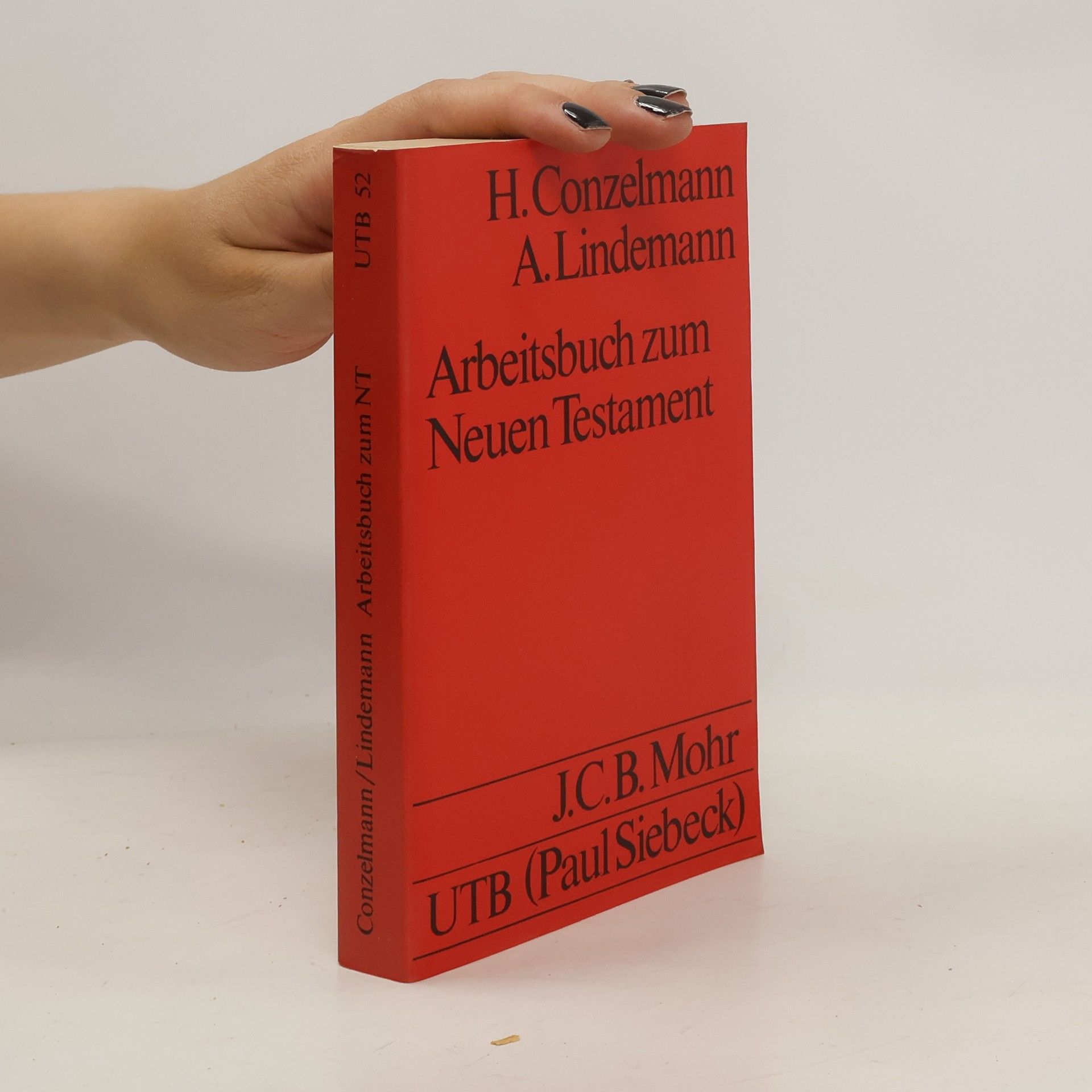The Apocryphal Gospels
- 128pages
- 5 heures de lecture
Exploring the diverse portrayals of Jesus, this introduction examines both canonical and apocryphal gospels, highlighting early Christians' responses to crises through storytelling. It contrasts the accepted New Testament accounts with noncanonical writings, offering insights into their origins and significance. Organized by Jesus' ministry phases, the text reveals how these additional gospels enriched Christian thought and practice, illustrating the complexities of belief and interpretation in early Christianity.



